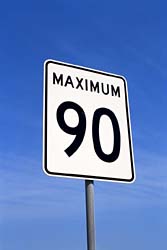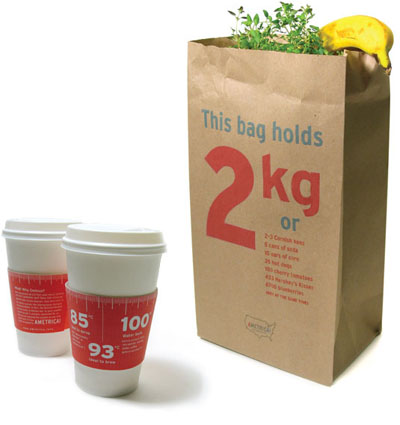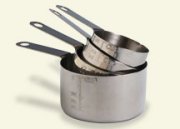warning: Creating default object from empty value in /hermes/bosnacweb04/bosnacweb04cc/b1155/dom.metrication/public_html/modules/taxonomy/taxonomy.pages.inc on line 33.
metrication

|
Speeding, traffic signs and metric
In 1865, the revised Locomotive Act reduced the speed limit to 4 mph (6 km/h) in the country and 2 mph (3 km/h) in towns. The 1865 Act required a man with a red flag or lantern to walk 60 yards (50 m) ahead of each vehicle, enforce a walking pace, and warn horse riders and horse drawn traffic of the approach of a self-propelled machine. The replacement of the “Red Flag Act” by the Locomotive Act of 1896, and the increase of the speed limit to 14 mph (23 km/h) has been commemorated each year since 1927 by the London to Brighton Veteran Car Run.Nepal, the Isle of Man and the Indian states of Uttar Pradesh and Kerala are the only places in the world that do not have a general speed limit.
|

|
Judge: Speeding Not 'As Bad' in Miles
When police caught driver David Clarke flying down a road at 180 kilometers per hour this month, he looked likely to lose his license.
But a country judge reduced the charge and let the 31-year-old information technology worker stay on the road after concluding the speed did not look as bad when converted into miles, or 112 mph.
'I am not excusing his driving. He should not have been traveling at that speed,' District Court Judge Denis McLoughlin said in his verdict, delivered Tuesday in County Donegal, northwest Ireland.
|

|
Ametrica! An Interview With Amy Wang
"Amy Wang's graduate thesis project, Ametrica!, was recently honored as a winner in the Adobe Design Achievement Awards. Amy is a recent graduate from the School of Visual Arts MFA Designer as Author program. She discusses her process of discover and her intention to spread the message that the U.S. should adopt the metric system."
|

|
Metric Table for Cooking
Following are approximate conversions. The Imperial "tablespoon" is generally interpreted as half a fluid ounce (the measure used in the following table), but sometimes as five eights of an ounce (which would be approximately 17.76 milliliters).
|